“Since the beginning the source clearness has been the emblem of the moral pureness: in all world people poems the innocence is compared to the terse gaze of the spring source”
Elisée Reclus, 1869
Water provides life and the existence on earth depends not merely on the quantity but also on the quality of the liquid element. For this reason, purity is a fundamental character of water for any human use. Therefore, food and hygiene have a fundamental role in human health and are closely related to water.
Scientists argue that pure water does not exist in nature. The one obtained in the laboratory - the distilled water –is considered pure for the mere fact that the content of solutes is lower than the value limit set for analysis. However, "pure" water belongs to our imaginary and it forms the archetypes used by advertisement, for the less noble purpose of selling us something that has often an apparent affinity with the water purity.

The human body weight is constituted in a great part by water: it is more than 90% of our bodies right after the fecundation, while in the embryo the water percentage slightly decreases. In a newborn the water percentage fluctuates around the 80%, in an adult body it is on average around 70% and it further decreases with ageing. In the older bodies the water percentage could lower until the 50%. In conclusion, human life is characterised by a progressive water loss. In this way it seems that life depletes with the scattering of the vital element which constitutes us from the core and very essence of life.
The gradual liquid loss still continues during the afterlife. As an ancient religious precept says: “for dust you are and to dust you will” (Genesis, 3, 19).
Life is in opposition to death like water to dust. Water could be associated with movement, change and flow, in opposition to stillness, stagnation and the inability to change. The latter features are closer to death rather than life.
In the blood there is 80% of water, in the kidney 82%, in the muscles 75%, in the brain even 85%, etc. Water is the main fluid element that surrounds and lies within all living cells. Respiration, digestion, assimilation, metabolism, waste removal and its elimination, as well as temperature regulation are all body functions that can work only in presence of water. Water is essential for dissolving and transporting nutrients such as oxygen and mineral salts through blood, lymph and other body fluids. Water also keeps in balance the pressure, the acidity and the composition of all chemical reactions.
Water circulation between the blood and the organs is continuous and it is always maintained in equilibrium conditions. Most of this water is taken from the kidney, which filters our blood 15 times per hour. Through evaporation or excretion, the body eliminates a certain amount of water on a daily basis and this quantity has to necessarily be replaced.
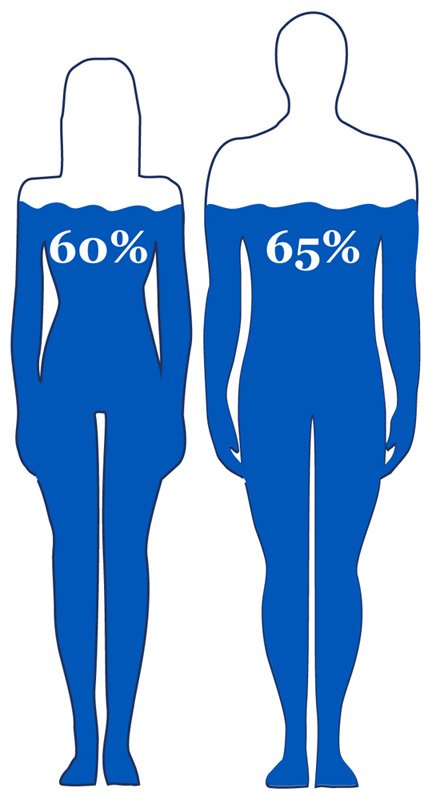
99% of the molecules that compose the human body are water ones
Gerard Pollack
Professor of bioengineer at the University of Washington
As an ancient proverb tells, water penetrates all the natural things. Water is the most common and powerful solvent in nature, the excellent one. In other words, it has the power to dissolve a lot of substances. For this reason the water is used to cleanse. With water we can wash, remove "dirt" from the human body, from the objects, from houses and cities. Yet, the hygiene concept has begun to spread in recent times. To retrace the hygiene history in Europe, it turns out that the use of water is a recent thing. For centuries, Europeans did not wash, mostly due to ideological reasons [cf. Epidemics].
The sewage system revolutionised the hygiene concept.
The water is considered potable when it has certain chemical-physical and bacteriological features.
The maximum limits in quantity or concentration of other substances in water are regulated by the Legislative Decree of 2 February 2001 No 31, art. 4:
“Waters for human consumption have to be salubrious and clean […] they cannot contain either microorganisms and parasites, nor other substances in such quantity or concentration able to represent a potential danger for human health”.
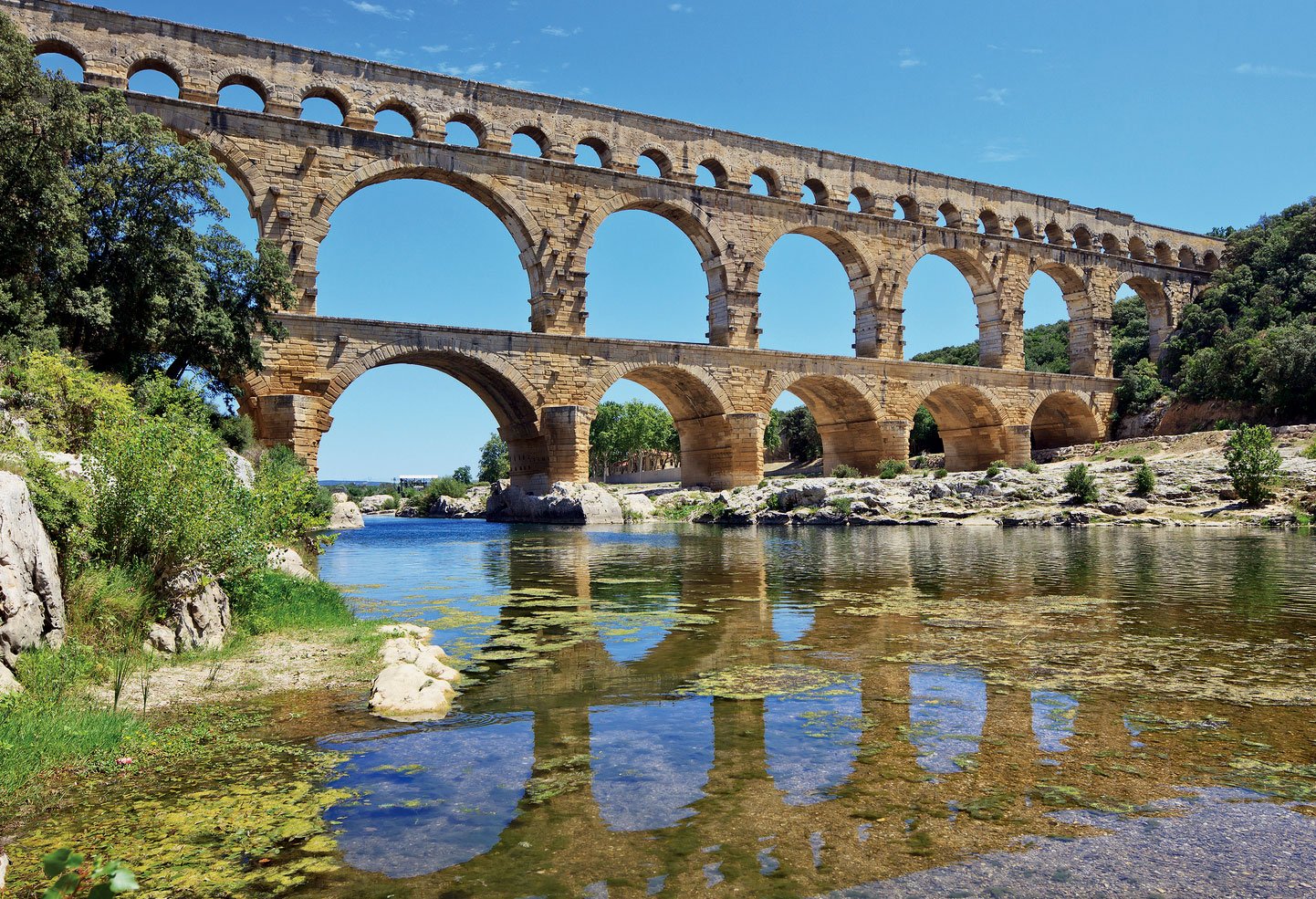
Between 1835 and 1911, in Italy, the cholera epidemics caused at least one million of deaths (on a population of about 24 million people in the 1850s). Epidemics frequency used to be tremendous: 1835-37; 1849; 1854-55; 1865-67; 1873; 1884-87; 1893 and 1910-11.
The main cause of the infectious disease was a bacterium, Vibrio cholerae, which was found in contaminated waters, identified by Filippo Pacini in 1854. It was the German doctor Robert Koch to deepen the studies (Salazar, 2000). Before that, it had been believed that the cause of this disease was a divine punishment.
Since ancient times (at least since 2000 B.C.), the subtle link between water quality and health has been renowned. Since then, practice forms of disinfection were not rudimentary at all. In fact, the biocidal properties of copper and silver were known. Those of silver, for example, have been used for the same purposes in space missions by NASA's American aerospace agency.
Unfortunately, after the fall of the Roman Empire, the advanced practices and measures concerning the treatment and purification of the water process were lost.
Only in recent times, water has been commonly perceived as a substance that can be used with the purpose of repelling dirt, from human beings or from their homes. In this second case, the impact on cities does not need explanations. The concept of sewerage in Europe, as we now understand it, took the network structure only towards the end of the nineteenth century.
Even the Roman Empire, despite the abundant use of water, had never endowed the cities with a real sewer. In fact, the Cloaca Maxima, which had a particular use, constitutes an exception rather than the rule, because this sewage system consisted in open ditches (puticoli) scattered around the city (Altamore, 2008).
The job of street cleaning, where all sorts of substances were poured forth, was the slaves’. In the Middle Ages, this task was transferred to pigs. In the nineteenth century in Paris the excrements were used to fertilise large areas dedicated to the cultivation of vegetables: street cleaning became a profitable job and raised interest among people who opposed to the sewers realisation.
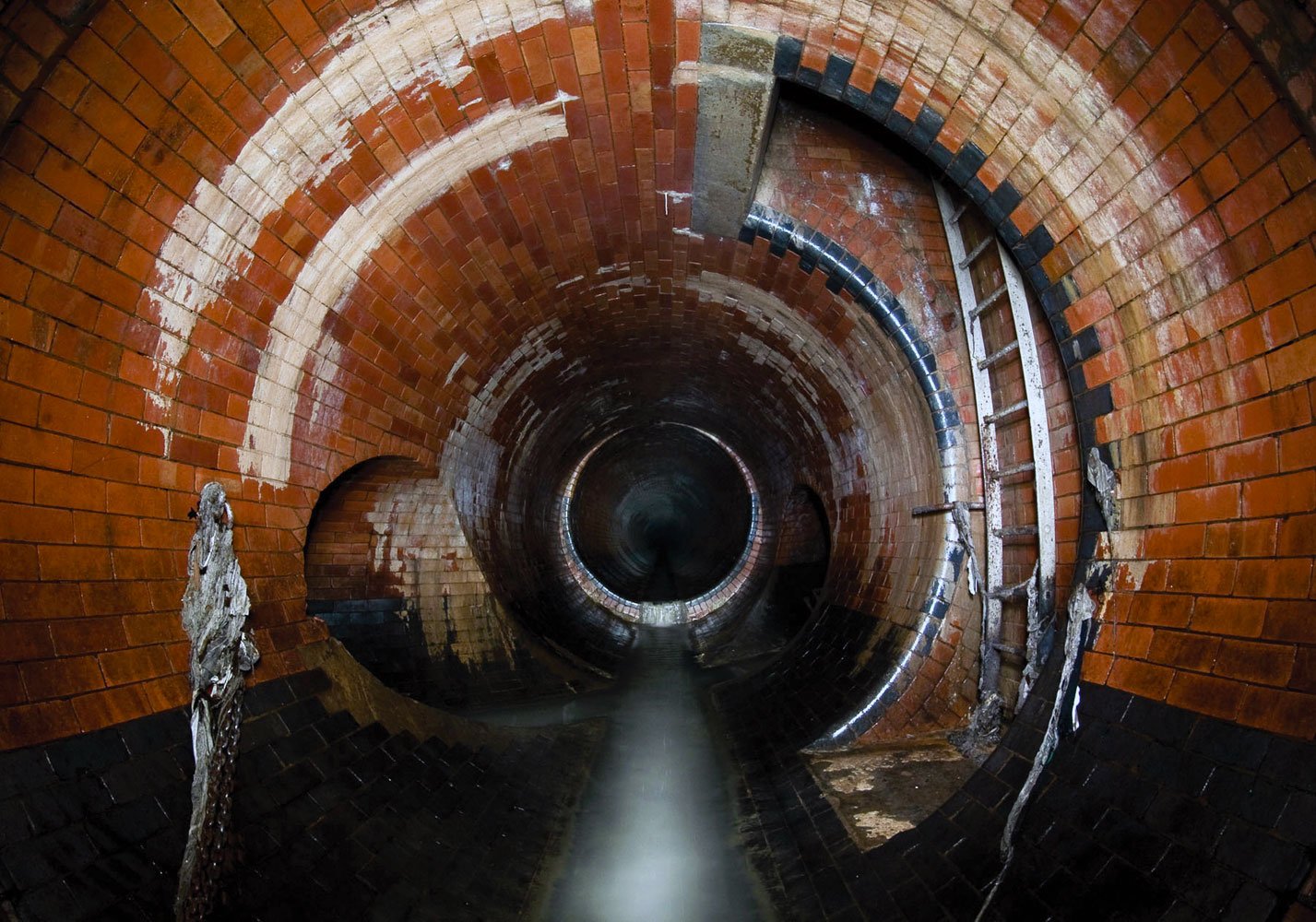
The fixed residue is the parameter that measures the overall level of mineral salts contained in the water in given conditions. The value of this parameter allows to distinguish the mineral waters.
Today, the concept of mineral water is improperly associated to bottled water only, by common sense. In fact, all freshwaters are also mineral and each water differs from the others by the amount of minerals it contains (Ghetti, 1993).
Water could be considered minimally mineralised when the fixed residue does not exceed 50 mg/litre; mineral when the fixed residue does not exceed 500 mg/l and rich in mineral salts when the fixed residue exceeds 1500 mg/L.
Waters are classified for the quality of dissolved minerals, too. We find the carbonic waters, as well as arsenic-chalybeate ones, chloride-sodium ones, sulfur ones, bicarbonates ones, sulphates ones, calcium ones, magnesite ones, even radioactive ones and many more. Each of these has certain features to which specific benefits correspond and it has been demonstrated to be suitable for treating particular pathologies.
At the beginning of the twentieth century, with the realisation of the first water networks, the water was brought into private households and the hygiene spread.
Between 1900 and 1922, despite the WWI as well as the epidemic “Spanish flu” (which caused more deaths than the War), an increase of 25% in the European population was recorded. The growth was attributed to the use of water disinfection practices based on chlorine. In this way, the concept of water drinking spread [cf. Potable water]. Fortunately today, in most Italian cities, the quality of the tap water is good and safe, healthy and bacteriologically pure.
The other fundamental aspect of public hygiene is the removal of dirty water from homes and cities, through sewers. This practice has undoubtedly led to a significant increase in the quality of life, with clear benefits of longevity [cf. Sewers].
Water can kill when it is contaminated and when viruses or bacteria affect it. But water also carries a powerful therapeutic effect which could be a powerful medicine. Treatments through external use or oral use of water are object of scientific study: the medical hydrology takes care of the actions and the therapeutic effects of the waters (1).
Hydrology is not a new science. In fact, the beneficial effects of the thermal waters were known since the time of the Romans and the Etruscans and even since the Neolithic, as archaeologists say. In the proximity of particular water sources, people from the Neolithic erected temples and sanctuaries, because of the special consideration our ancestors had of water.
Our organism needs pure water and every chemical and metabolic reaction that occurs in it, it is carried out under aqueous conditions. Water is the fundamental substance and the main agent of all the processes occurring in our body, from the removal of the slags to the transport of the foodstuffs, from the retention of the osmotic pressure to the regulation of temperature. Body waters carry informants, such as hormones, neurotransmitters, lymphocytes and other cells to the organs.
As the Iranian Doctor Fereydoon Batmanghelidj (1991) pointed out, dehydration is the first stressor of the human body, as well as of any other living creature, and frequently our body is thirsty without feeling the need to drink. A good habit is to drink a glass of water early in the morning.
Humans can survive
about 5 weeks
without protein, carbohydrates and fats,
but only 5 days without water!
(1). Hydrotherapy use water of any origin in various ways (baths, showers...); The crenotherapy is the cure with natural springs.
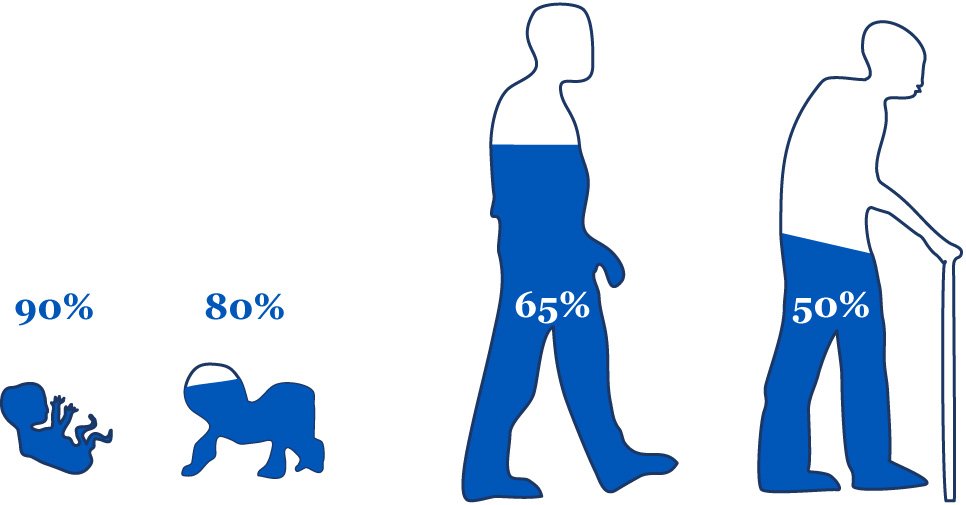
There are countless water uses for therapeutic purposes that can be practised. The term crenoterapia (which comes from the Greek crené, source) indicates the complex world of thermal treatments in which mineral waters are used (or mud combined with specific waters) and that provide curative effects. Crenoterapia is a natural cure par excellence and it is the result of secular practices and experience, nowadays confirmed by scientific research. In fact, thermal medicine is the branch of medicine that uses thermal waters for therapeutic and rehabilitative purposes, which must be prescribed and administered under medical supervision.
The thermal spas can be distinguished for external or internal water use with reference to the body. Internal Crenotherapy cures are the following: hydropinotherapy, or the mineral water assimilation practised in the spas; inhalations, i.e. the water assimilation through aerosols or nebulisation techniques (including the endotympanic insufflation); and irrigation, the insertion of water in the orifices of the body.
The external ones are: balneotherapy, practised with dives, baths or water jets with particular features; mud-bath therapy, with clay applications, which comes from the contact with thermal waters, including radioactive sludge, salso-solfurus and salso-bromo-iodine; antrotherapy, which consists in the temporary permanence of patients in particular caves with presence of water.
Among the treatments carried out with water, it should be mentioned the thalassotherapy, which uses the marine agents for therapeutic purposes (from the Greek thalassa), in particular the seawater. In this regard, it is worth to remind that between the body water (blood plasma) and ocean water there is a remarkable analogy as to the chemical composition. In fact, the blood plasma is a saline solution.
The type of dissolved salts and their quantity in the water provide to the thermal waters particular features with specific curative effects. For this reason, the waters of each thermal spring are authorised by the Ministry of Health.
For Veneto Region, we would like to mention that the hydrothermal basin of the Euganean Hills (Abano, Montegrotto and Galzignano Terme) which counts more than 100 thermal wells, has hypertonic waters and salso-bromine-iodine which come out at temperatures above 40°C.
There is more water
in the grey matter (85%)
than in the other organs.
Our brain is
completely immersed in water:
it floats in the cerebrospinal liquid.
Will the water quality we assimilate,
be good for quality of our thoughts, too?
The beneficial effects of thermal waters
were known since the Neolithic.
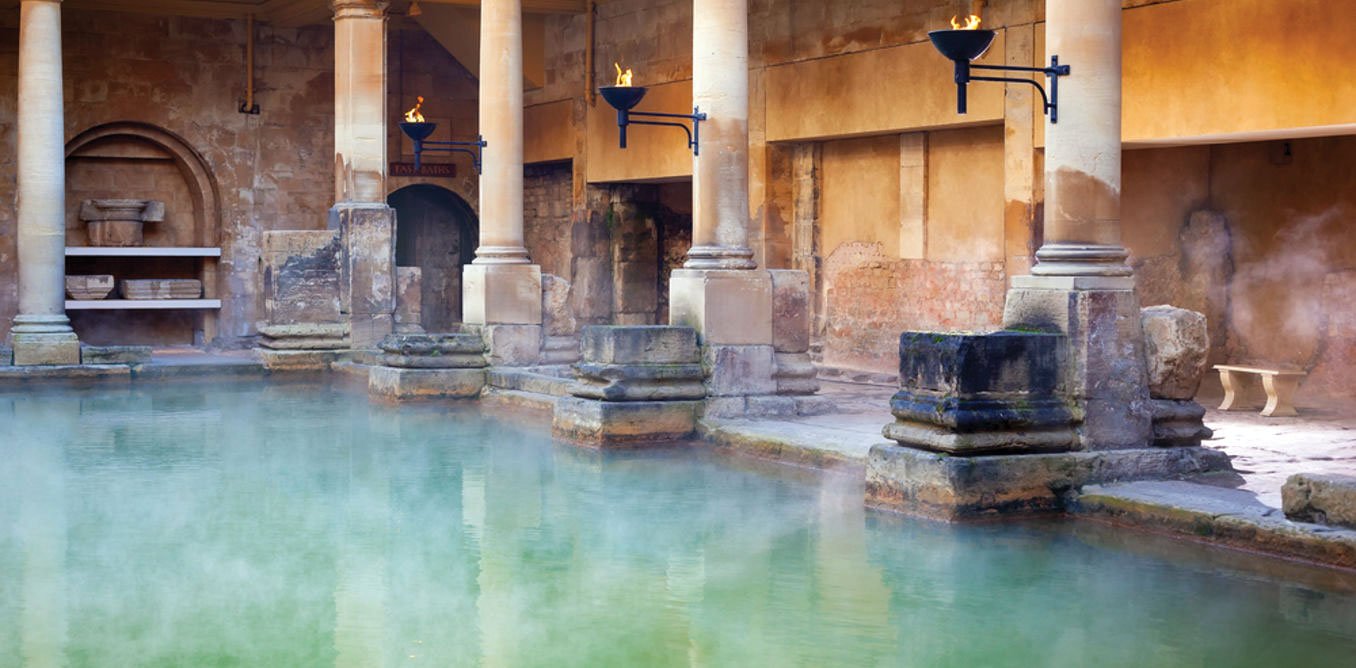
The project implemented by
Civiltà dell'Acqua

is supported
Water Agency 'Lagoon of Venice'
![]()
![]()
Text and graphic layout: Michele Cappellesso
Project coordination: Eriberto Eulisse